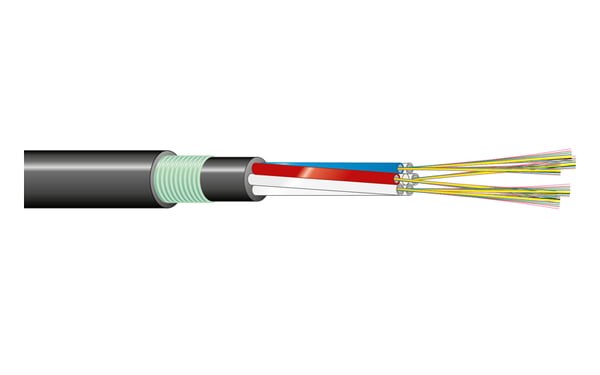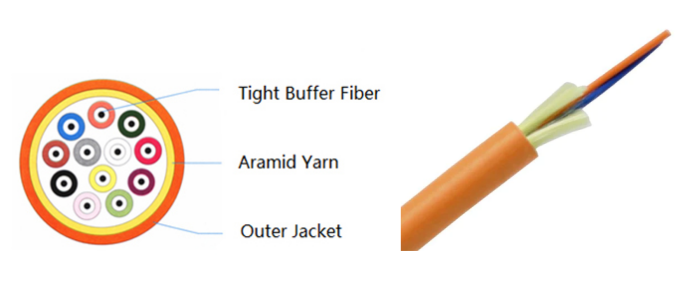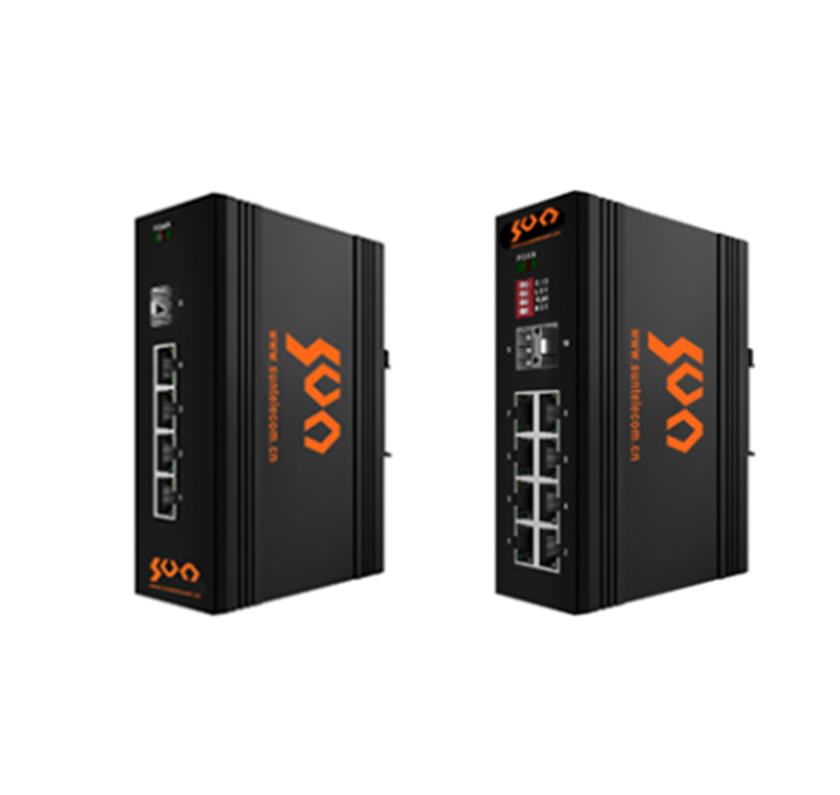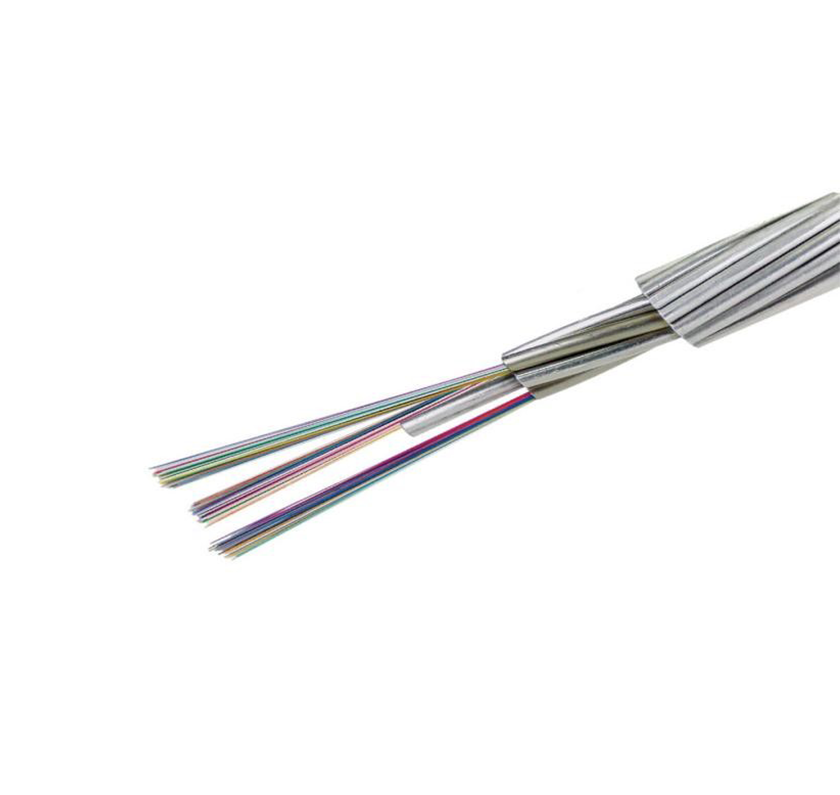With the continuous development of FTTH (Fiber-to-the-Home) network construction, there will be more and more new varieties of fiber optic cables for the FTTH access network application. This article will discuss the three types of fiber optic cables for FTTH in detail.
Fiber Optic Cables for FTTH Access Network
FTTH is an access network architecture that allows deploying xPON technology to provide high speeds of Internet access downstream (from the network to the end-user) and upstream (from the user to the network) over optical fiber from the operator’s switching equipment to an individual home. The main fiber optic cables implemented to build up the FTTH access network are the FTTH feeder cable, FTTH distribution cable, and FTTH drop cable.
1. FTTH Feeder Cable
FTTH feeder cable, such as stranded loose tube light-armored cable connects the central office/hut to the fiber distribution hub (FDH). It is ideal for duct and aerial installations. This cable has good mechanical and temperature performance, high hydrolysis resistance, high strength loose tube, good crush resistance and flexibility, high tensile strength ensured by steel wire, and good moisture-proof ensured by PSP (steel tape).
Stranded loose tube light-armored cable construction is that 250um fibers are positioned in a loose tube which is made of high modulus plastic and filled with a water-resistant filling compound; A steel wire, sometimes sheathed with polyethylene (PE) for cable with high fiber count, locates in the center of core as a metallic strength member; Tubes are stranded around the strength member into a compact and circular cable core; The PSP is longitudinally applied over the cable core which is filled with the filling compound to protect it from water ingress; The cable is completed with a PE sheath.
2. FTTH Distribution Cable
FTTH distribution cable connects the FDH to the fiber access termination (FAT). FTTH distribution cable, such as indoor distribution cable uses φ900um tight buffer fibers as an optical communication medium and aramid yarn strength member. It is compliant with a PVC or LSZH jacket. Generally, FTTH distribution cable is available in fiber counts ranging from 2 to 144 fibers. It has excellent stripping performance of tight buffer fiber, good tensile strength, and small size. FTTH distribution cable is used in indoor /outdoor and backbone cable distribution in building applications.
3. FTTH Drop Cable
FTTH drop cable is used between the fiber terminal and the building or home. It is ideal for aerial, direct buried, and ducted installations. FTTH drop cable has good crush resistance ensured by parallel strength member, good tensile strength ensured by single steel wire, low smoke, small diameter, zero halogen sheath, simple structure, lightweight, and high practicability.
FTTH drop cable construction is that the optical fiber unit is positioned in the center. Two parallel steel wire strength members are placed at the two sides; A steel wire as the additional strength member is also applied. The cable is completed with an LSZH sheath.
Things to Consider When Choosing Fiber Optic Cables for FTTH Access Network
When choosing the three fiber optic cables for the FTTH access network, there are some general elements that you should pay attention to that influence the method of cable deployment.
1. Type of FTTH Architecture: The FTTH architecture implemented will influence the data rate and the optical power budget, which will affect the choice of fiber optic cable for the FTTH access network.
2. Fiber Type of Existing Network: If an existing network is expanded, you must add hardware that can integrate seamlessly with the existing infrastructure.
3. Installation Environment: No matter the indoor or outdoor applications, there are always different environments where the cable will be installed. For instance, in rugged spaces where your cable may suffer damage, such as basements or in conduits sharing space with electrical or other wirings, you may choose a rugged sheathed cable that is flexible and crush resistant.
Conclusion
FTTH allows a fiber optic cable to be laid from the provider’s equipment directly to the user’s home. Choosing the correct fiber optic cables for FTTH access networks will directly affect network reliability, operational flexibility, and the economics of FTTH deployment.
Sun Telecom specializes in providing one-stop total fiber optic solutions for all fiber optic application industries worldwide. Contact us if you have any needs.


 Position :
Home>
News & Tutorial
>Products
Position :
Home>
News & Tutorial
>Products





 Position :
Home
>Products
Position :
Home
>Products



 ics@suntelecom.cn
ics@suntelecom.cn  +86 18964888554
+86 18964888554 Building No.145, Lane 666 Xianing Road, Jinshan Industrial Zone, Shanghai 201506, China
Building No.145, Lane 666 Xianing Road, Jinshan Industrial Zone, Shanghai 201506, China